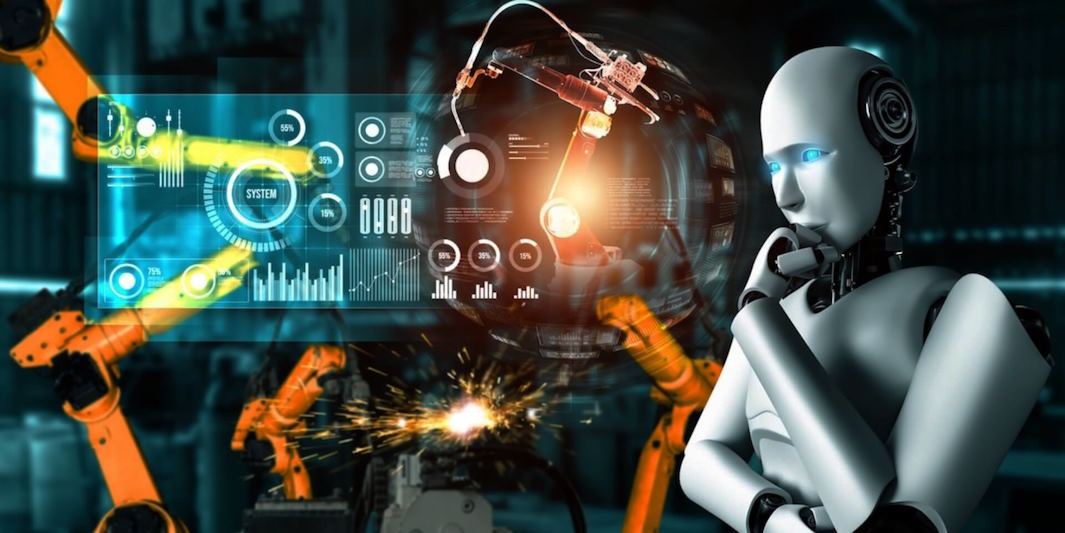Automated Design Tasks: Unlocking Creativity through AI
In today’s fast-paced design landscape, artificial intelligence (AI) integration has become increasingly prevalent, transforming the way designers approach their craft. One of AI’s most impactful applications in design is its ability to automate repetitive tasks such as image editing, layout optimization, and color correction. By harnessing the power of AI, designers can streamline their workflows, boost efficiency, and unleash their creativity on more high-value aspects of the design process.
Image Editing
Traditionally, image editing has been time-consuming and requires meticulous attention to detail. However, with AI-powered tools, designers can automate many repetitive tasks in image editing, such as cropping, resizing, and retouching. Advanced algorithms can analyze images, identify objects and elements, and make intelligent adjustments to enhance visual appeal. This saves designers valuable time and ensures consistency and quality across a wide range of images.
Layout Optimization
Designing visually appealing and user-friendly layouts can be a complex endeavor, requiring careful consideration of spacing, alignment, and hierarchy. AI algorithms can analyze design elements and user behavior data to optimize layouts for maximum impact and effectiveness. By automatically adjusting spacing, resizing elements, and repositioning content, AI-powered layout optimization tools help designers create aesthetically pleasing and functional designs.

Color Correction
Achieving the perfect color balance and consistency across various design elements can be challenging for designers. AI-driven color correction tools leverage machine learning algorithms to analyze color palettes, identify inconsistencies, and make precise adjustments to achieve desired outcomes. Whether matching colors across images, correcting color casts, or adjusting saturation levels, AI streamlines the color correction process, allowing designers to achieve professional results with minimal effort.
By automating these repetitive design tasks, AI empowers designers to focus their time and energy on more creative and high-value aspects of the design process, such as conceptualization, creativity, and experimentation. Freed from the constraints of tedious manual labor, designers can explore new ideas, push the boundaries of innovation, and ultimately deliver more impactful and compelling designs to their clients and audiences.
In conclusion, integrating AI-powered automation in design increases efficiency and productivity and unlocks new opportunities for creativity and innovation. By embracing AI-driven tools and technologies, designers can elevate their craft, streamline their workflows, and deliver exceptional design solutions that captivate and inspire.
About
Welcome to our dynamic blog, a hub of creativity!
Delve into mesmerizing photographs, innovative design trends, and exciting event coverage. Join us as we celebrate the fusion of artistry and imagination, inspiring your own creative endeavors along the way.


